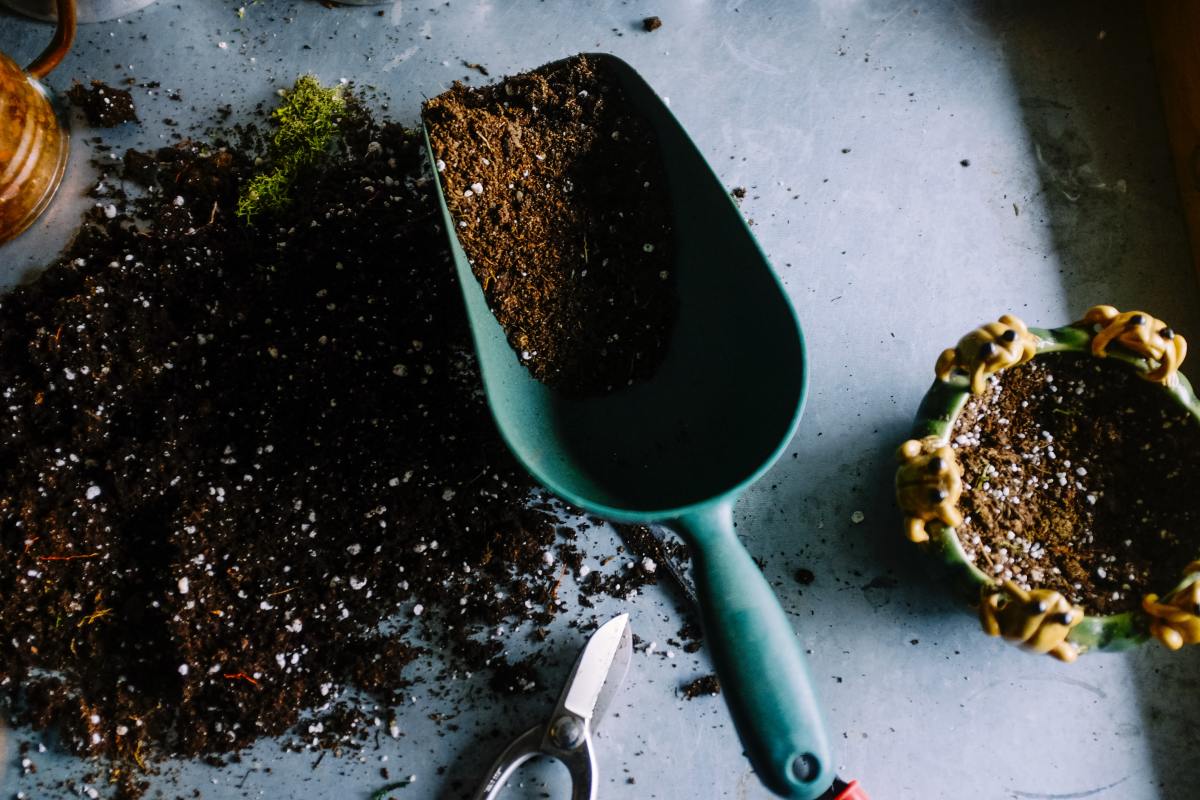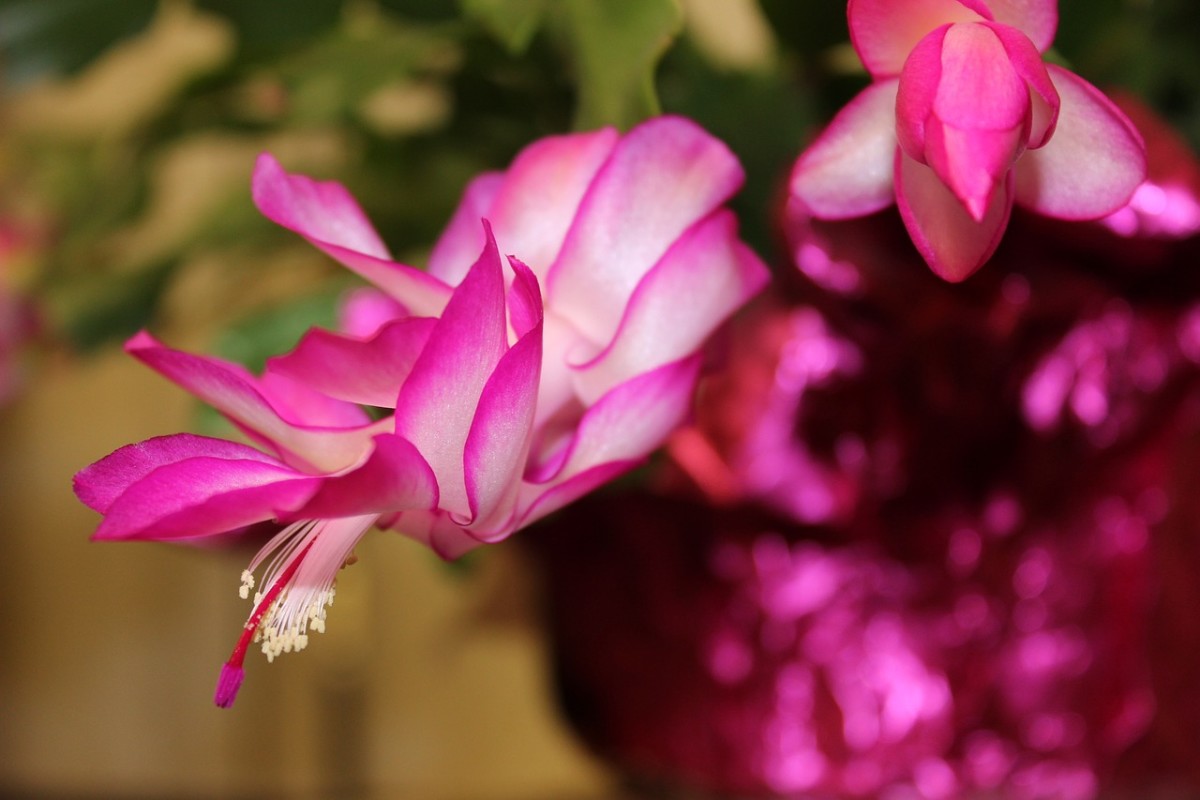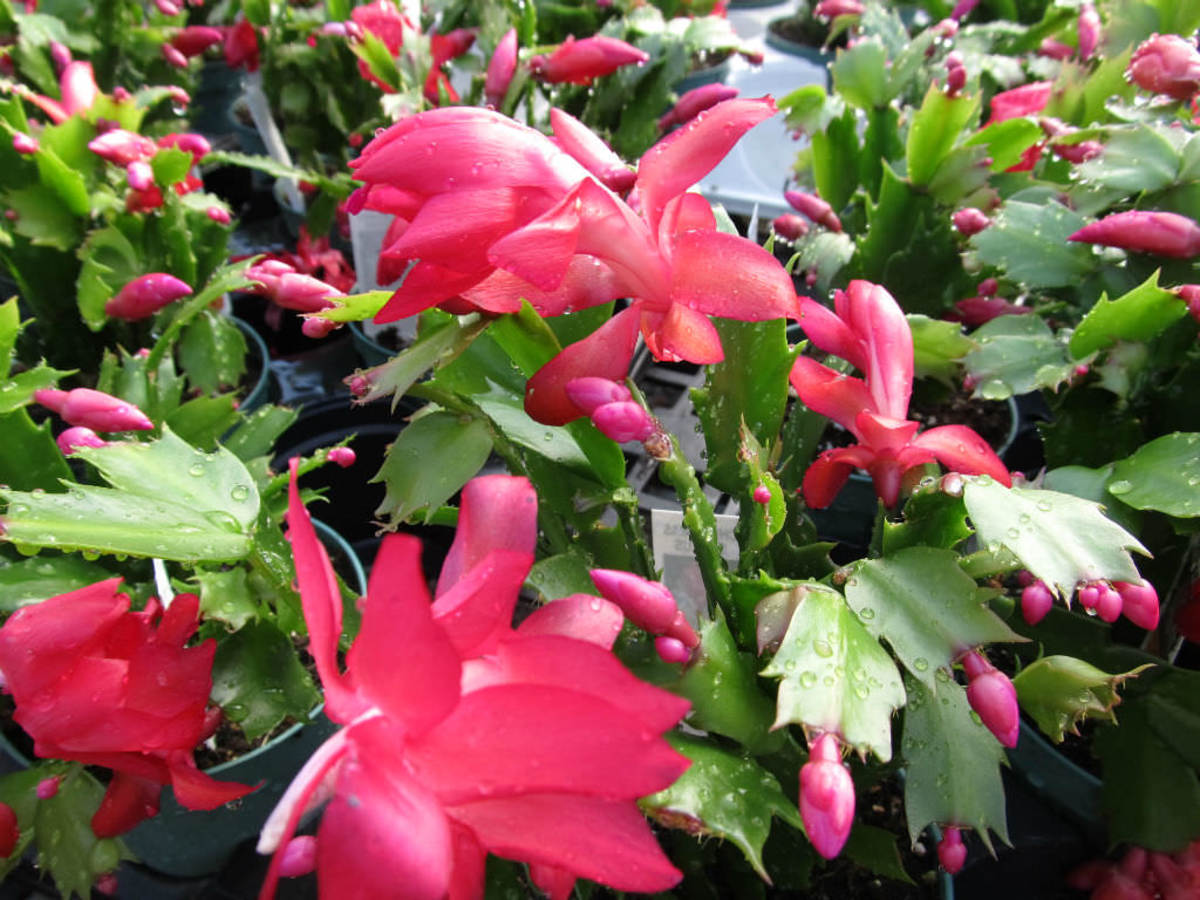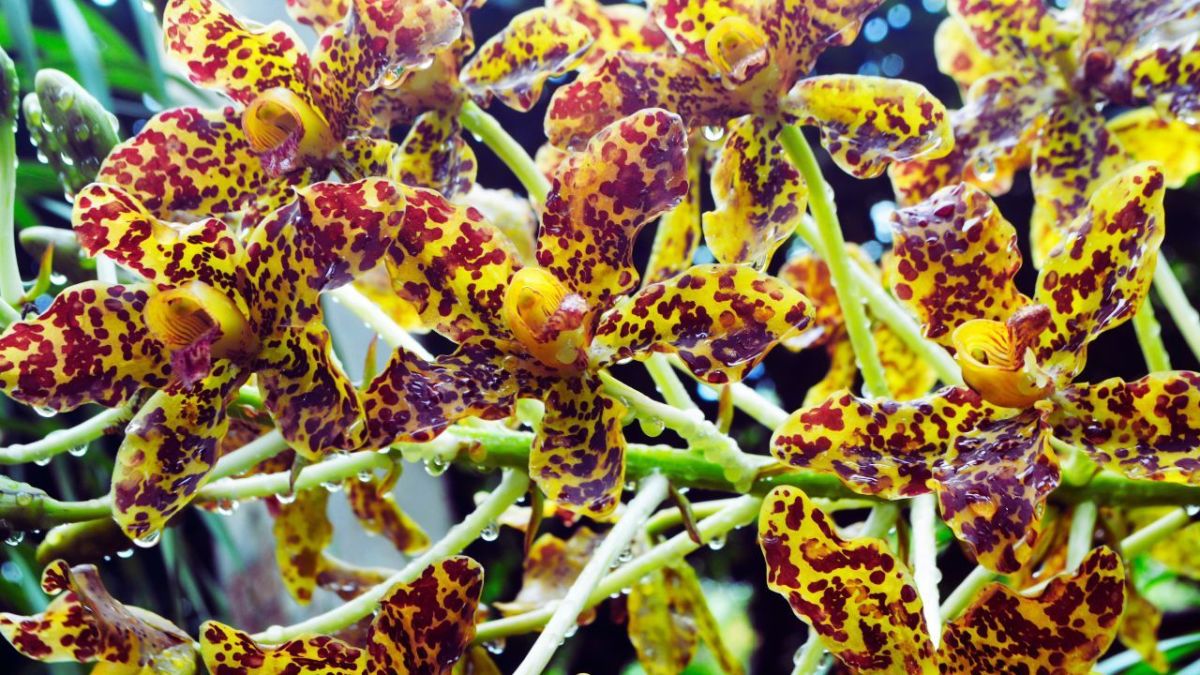Thanksgiving Cactus
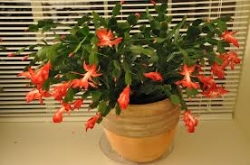
Do You Know the Difference Between a Thanksgiving Cactus and a Christmas Cactus?
Have you ever heard of a Thanksgiving Cactus? Don't feel bad...until recently I wasn't aware that there are three kinds of holiday cactus: Christmas Cactus, Easter Cactus, and Thanksgiving Cactus. They share many of the same plant care requirements, but there are some differences between them.
In this lens, I will highlight the Thanksgiving cactus, how to identify it and how to keep it healthy, happy and thriving for many years.
It all started in the spring two years ago when a friend gave me a small rather spindly-looking plant and told me it was a Christmas cactus. She said, "You're good with plants...I want 'him' to have a good home". My husband and I named the little cactus Prickly due to the pointy, clawlike appearance of his stem sections.
Prickly really liked his new home in the corner of our den by two windows: one north facing and one facing west. He grew several new "arms" and enjoyed the attention he was receiving. In the fall, he rewarded our efforts by developing flower buds.
Much to our surprise, Prickly started blooming on November 18th...magnificent peachy, coral colored flowers emerged from the buds. We thought his timing was a bit off since Christmas was five weeks away. After doing some research, I discovered our cactus was actually a Thanksgiving cactus and his calendar sense was spot on!

Thanksgiving Cactus Traits
Thanksgiving cactus are frequently mistaken for Christmas cactus and vice versa. Besides the different bloom times, the leaf pads are different. Thanksgiving cacti are characterized by stem sections with pointed "claws" at the ends - hence the alternate name of "crab cactus". On Christmas cactus the leaf pads are flat, jointed, and flexible. See the photo below of both types side by side.
Also referred to as 'Schlumbergera truncata' or 'Zygocactus truncatus', Thanksgiving cacti originate from Brazil where they are found in the humid forests. These are not the typical desert cacti so their care and requirements are different.
Holiday cacti are mostly epiphytic, which means they grow on the trunks and branches of trees. They most often root into decaying leaves, bark, and bird droppings that accumulate in the crevices and hollows of their host trees (rather than rooting into the ground).
The flattened, winged segments form arching branches. The blooms are exquisite! The flowers range from reds and orange shades to purple, lilac, white, and bi-color variations. They can be grown in a container or as a hanging plant.

Thanksgiving cactus segments on top of picture...notice the spiky "claws"
Christmas cactus segments on bottom...smoother, scalloped margins.

Where To Buy Thanksgiving Cactus Plants
And Other Holiday Cactus Too ...
Usually around the start of the traditional holiday season, you'll see a few holiday cactus plants for sale at large general merchandise retailers like WalMart. Sometimes you'll have good luck buying plants there, but sometimes you won't.
Most plants have special care needs, and let's face it, plants for sale at large retail stores probably aren't getting the best care they deserve ...
We like dealing with a trusted mail order gardening outlet. First of all, they know how to care for plants (their reputation depends on it!). Also, they're experienced in shipping plants and they offer a guarantee if anything goes wrong or you're not satisfied ...
Buy Holiday Cactus Plants ... Easter, Thanksgiving, and Christmas - Click Here!
Take a peek at the beautiful Holiday Cactus Collections via the link above. It'll get you into the holiday spirit ... no matter what the time of year!

Thanksgiving Cactus Watering, Lighting and Fertilizing Requirements
We live in the Chicago area and keep our Thanksgiving cactus inside all year round. I water them more leading up to their flowering time from late fall until late winter (about once a week...ensuring the top inches of soil dry out between waterings). Slightly increase the amount of water given when the buds start to form in the autumn. Lift the pots occasionally from their trays to be sure they drain well at all times. I put pebbles in the bottom of our containers to help drainage.
Mist the leaves regularly (remember these are rain forest natives) as they love the humidity and it helps keep them free of dust. Stems will shrivel or wilt if the roots are too dry.
As for lighting preferences, they enjoy good light,,,but not direct sun. Locating your Thanksgiving cactus near a window would be the best choice. Ours are doing great by a west facing window. On nice days we open the window for some good airflow and fresh air for the plants. We can regulate the light with our window blinds.
Feed with a weak (diluted) liquid fertilizer monthly while they are growing (except for the dormant period of December, January & February...I resume fertilizing again in March). I use one especially developed for cactus care. These cacti especially like a lower nitrogen formula fertilizer of 2-7-7 or equivalent. They don't need a lot of fertilizer so don't get carried away.
You'll get a fuller more vibrant plant by pruning. Cutting it back in spring will encourage the cactus to branch out where the stem was cut. Flowers emerge from the ends of the stems so you'll get more blooms this way. Spring is the best time to prune it back, when it isn't blooming and begins actively growing again after winter.
Thanksgiving Cactus Poll - Please register your vote!

Had You Heard of Thanksgiving Cactus Before Reading This Lens?


What Do The Numbers on Fertilizer Mean?
You've probably noticed that all fertilizer labels have three bold numbers listed on their package. The first number is the amount of nitrogen, the second number is the amount of phosphate, and the third number is the amount of potash or potassium in the product. These three represent the primary nutrients and are also referred to as "NPK": nitrogen (N) - phosphorus (P) - potassium (K).
For example: a bottle of 2-7-7 fertilizer contains 2% nitrogen, 7% phosphate, and 7% potassium.
How do these fab three help your plants?
Nitrogen (N) promotes vigorous plant growth for all flowers, vegetable plants and grass. Nitrogen produces more plant leaves, helps produce a darker green plant color by encouraging chlorophyll formation, and nitrogen is also a building block for plant protein.
Phosphate/ Phosphorus (P) stimulates healthy root formation in flowers, vegetable plants and grass. Phosphate helps flowering plants reach maturity earlier, increases the plant's flowering ability and helps increase the size of the blooms.
Potash/ Potassium (K) promotes fruit and vegetable formation, strengthens the plant tissues, and is essential for photosynthesis. Potash also increases the plant's resistance to disease and increases the plant or trees ability to survive the cold winter months.
Important: Please make sure you only use the proper amount of any fertilizer, and not anything more. Too much is not a good thing and can harm or even kill your plants.

Prickly Our Thanksgiving Cactus - After Being Repotted in the Spring
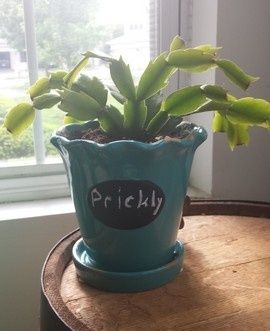
Thanksgiving Cactus Bud


Thanksgiving Cactus Blooms
The buds on our Thanksgiving cactus, Prickly, remind me of cooked shrimp! They are peachy pink in color and shaped like asparagus tips, the aforementioned shrimp-like resemblance, or an exotic bird's beak. (okay, I have a good imagination!)
Blooms develop on Thanksgiving cacti when days are short and temperatures are lower. If you lower the thermostat at night, you will make your Thanksgiving Cactus very happy and it should bloom abundantly. Also try to keep them in relative darkness for approx. 12 hours a day in the fall up until bloom time.
Here's another tip if you're growing your cacti indoors in a cold region, place them by a window that can be cracked open to allow a little cool air in to help facilitate the flower production beginning in late September. Keeping them in a room that's between 50ºF - 60ºF (but no cooler) at night beginning in September, you're practically guaranteed of having flowering plants in November.
The flowers borne on the tips of the stems are very showy and exotic-looking and so worth the wait! They are tubular in shape and up to 3 inches long, with layers of swept-back petals, and prominent colorful stamens. Gorgeous and so unique!
Like many plants, Thanksgiving cactus don't like to be moved very often...especially after their buds have formed. Moving or turning your cactus can result in the plant dropping the buds.
5 Tips To Keep Your Thanksgiving Cacti Happy
- Position your cactus in good light, but not direct summer sun
- Mist leaves regularly for humidity (and to remove dust)
- Water freely from late autumn, then sparingly from late winter onwards
- Feed with a diluted fertilizer during the period of active growth
- Avoid turning or moving the plant once the buds are well-developed
- Don't repot too often...they like to be a little potbound (every two - three years should be fine for mature cacti)
Video: How To Care For Your Thanksgiving Cactus

Thanksgiving Cactus Propagation
It's Quite Easy!
I was thrilled at the ease of propagating a Thanksgiving cactus! Follow these 7 simple steps for good results:
1. Start by taking at least a 2 or 3 stem segment and twist or cut it off at the joint.
2. *Important* Allow cuttings to dry a minimum of 24 hours so they seal over before you plant them.
3. Use cactus potting soil mix as a base then add about 20% perlite or sand to your container of choice. Wet mixture very lightly, until just moistened - not wet. Plant the cutting half the depth of the first segment in the soil mix.
4. Set pot in a bright window. Mist it to keep soil from drying out completely. Don't water. (Tip: Don't overwater the new cuttings as this will cause rot to set in. It helps to remember they have no roots yet...so the cacti stem segments have no way to absorb excess water at their base yet)
5. Warning: The cutting will most likely wilt. Don't be alarmed by this! This is normal part of the process. When it starts to show life again - roots should be growing at this time. Any new growth on the cutting is also a sign that your cuttings is taking root. Segments root readily.
6. When you see the above signs - you can begin to water normally. Allow the soil to dry 1" down, then water until water runs out bottom of container. Pour off any excess water.
7. Start fertilizing once your cutting has grown one new segment. Your new plant is off to a good start!
Picture Perfect Bloom!
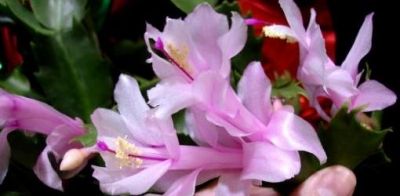
A Happy Thanksgiving Cactus



